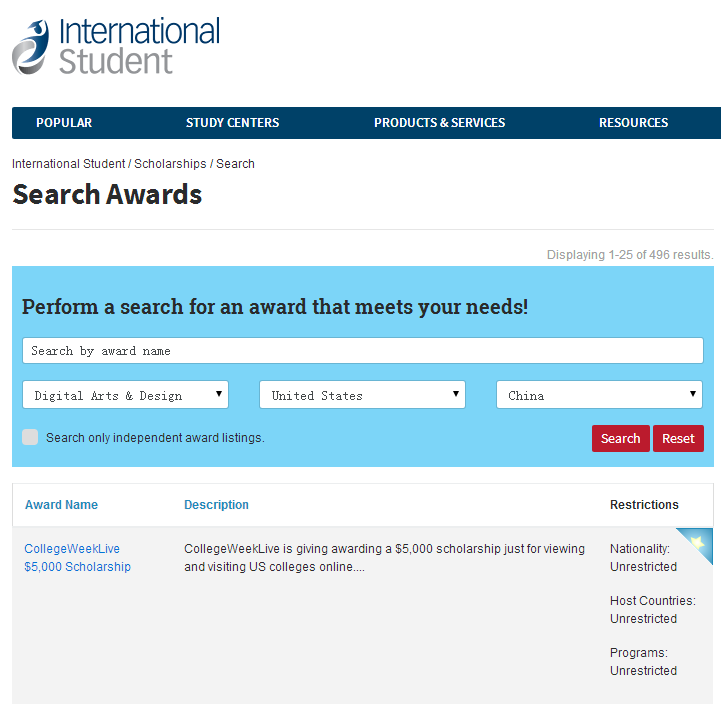Unlocking Financial Aid: A Comprehensive Guide to FAFSA Loans at fafsa loans gov
#### Introduction to FAFSA LoansThe Free Application for Federal Student Aid (FAFSA) is a crucial step for students seeking financial assistance for their e……
#### Introduction to FAFSA Loans
The Free Application for Federal Student Aid (FAFSA) is a crucial step for students seeking financial assistance for their education. At fafsa loans gov, students can access a variety of federal loans designed to help them cover the costs of tuition, books, and living expenses. Understanding how to navigate this system is essential for any student aiming to minimize their financial burden while pursuing higher education.
#### What are FAFSA Loans?
FAFSA loans refer to federal student loans that are available to students who complete the FAFSA application. These loans typically have lower interest rates and more flexible repayment options compared to private loans. There are several types of federal loans available, including Direct Subsidized Loans, Direct Unsubsidized Loans, and PLUS Loans for parents and graduate students. Each type has its own eligibility criteria and benefits, making it essential for students to understand their options.
#### How to Apply for FAFSA Loans

Applying for FAFSA loans is a straightforward process, but it requires careful attention to detail. To begin, students must complete the FAFSA form, which can be accessed at fafsa loans gov. This application collects information about the student's financial situation, family income, and other relevant factors. It is important to fill out the FAFSA as early as possible, as some financial aid is awarded on a first-come, first-served basis.
#### Understanding the FAFSA Process
Once the FAFSA is submitted, the information is processed, and students receive a Student Aid Report (SAR) summarizing their financial data. This report is crucial as it determines the student's Expected Family Contribution (EFC), which colleges use to assess financial need. Based on the EFC and the school's cost of attendance, students will receive financial aid offers that may include FAFSA loans, grants, and work-study opportunities.
#### Types of FAFSA Loans

1. **Direct Subsidized Loans**: These loans are available to undergraduate students with demonstrated financial need. The government pays the interest while the student is in school at least half-time, during the grace period, and during deferment periods.
2. **Direct Unsubsidized Loans**: Unlike subsidized loans, these are available to both undergraduate and graduate students and do not require proof of financial need. Interest accrues while the student is in school.
3. **PLUS Loans**: These loans are available for parents of dependent undergraduate students and for graduate or professional students. They require a credit check and can cover the full cost of attendance minus any other financial aid received.
#### Repayment of FAFSA Loans

Repaying FAFSA loans is an essential part of the borrowing process. Students have a six-month grace period after graduation, leaving school, or dropping below half-time enrollment before they must start making payments. There are various repayment plans available, including standard, graduated, and income-driven repayment plans, allowing borrowers to choose the option that best fits their financial situation.
#### Conclusion: The Importance of FAFSA Loans
FAFSA loans provide an invaluable resource for students seeking to finance their education. By understanding the types of loans available, the application process, and repayment options, students can make informed decisions that will impact their financial futures. For more information and to start your application, visit fafsa loans gov today. Taking the first step towards securing financial aid can open doors to educational opportunities that might otherwise be out of reach.